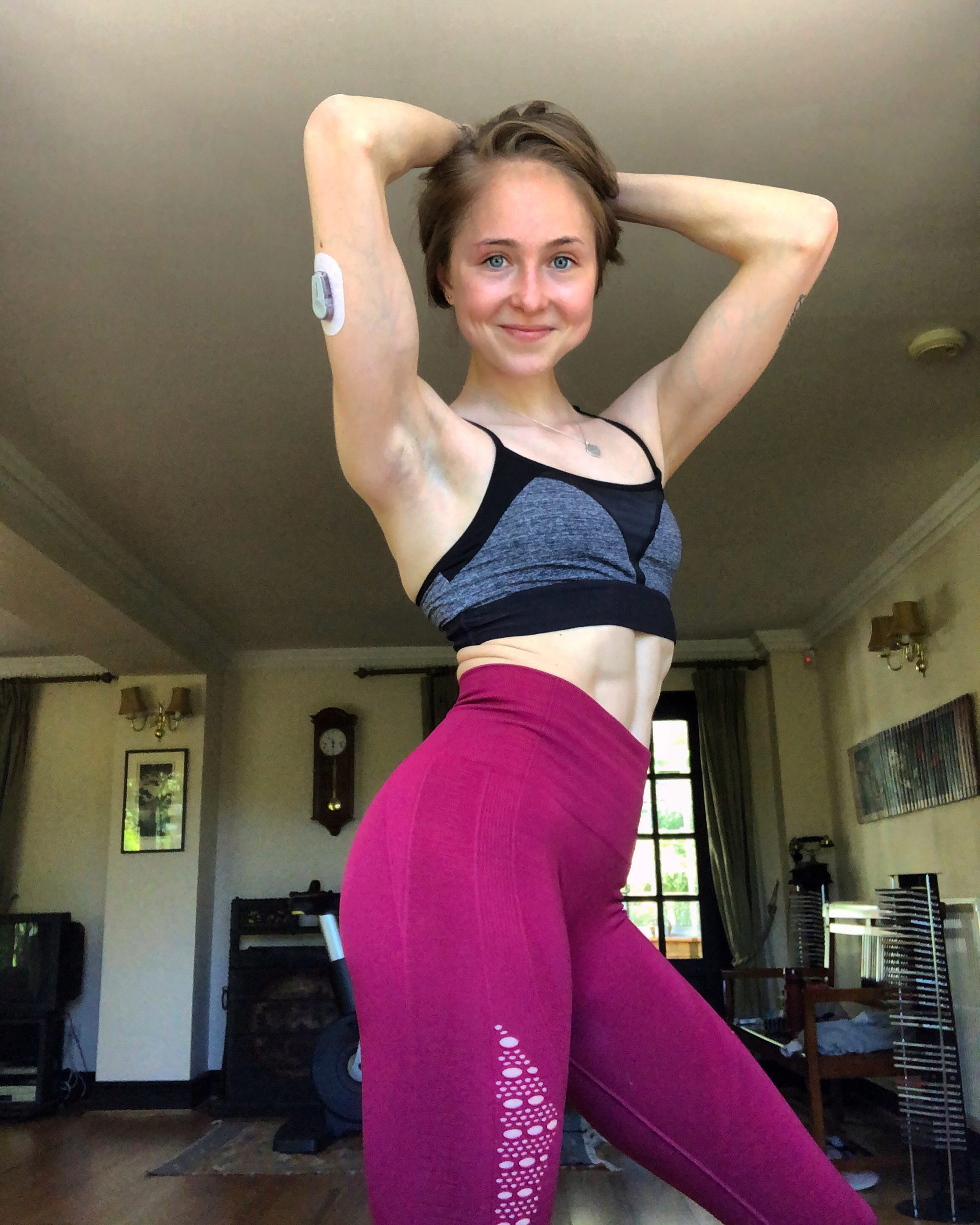Living and Training with a Chronic Health Condition: Type 1 Diabetes with T1Level Daria
Living and Training with a Chronic Health Condition: Type 1 Diabetes with T1Level Daria
Share
My name is Daria. I am a Type 1 diabetic (T1D), Level 3 Personal Trainer, blogger, fitness enthusiast and a massive foodie. I live and thrive with T1D, I am extremely active, eat a lot of delicious foods (including cake, chocolate, cookies and ice cream) on a daily basis, and fully enjoy my life, without diabetes taking control over me. Of course, it is not all that simple, and in this article, which I have been kindly invited to write by BESTFIT, I will explain how I take care of myself, keep my fitness and health up whilst living with Type 1 diabetes.
Type 1 diabetes is a chronic health condition, where the pancreas is no longer capable of producing the hormone called insulin. Insulin is an essential hormone, without which our body will die. It acts as a key for glucose to enter cells to give them energy throughout the entire body. This means that the person with Type 1 has to manually give themselves insulin, either by injections or pump therapy.
It is important to mention that Type 1 and Type 2 diabetes are two completely different things. Type 1 is not caused by lifestyle choices; it is genetically inherited and has nothing to do with what the patient did and ate. Type 2 is characterised by high insulin resistance of the body, which means that insulin is still produced, but is not used properly by body cells. Type 2 usually comes in older people, and is commonly caused by lifestyle and low activity levels. However, every rule has its exceptions.

As a Type 1 diabetic, you need to monitor blood sugars constantly and use insulin and food accordingly to achieve balanced blood sugars. Injecting insulin can be very scary, as too much can kill you, and too little can kill you. It is a consistent juggling game to achieve that balance. Good news: you can learn how your body responds to insulin and carbohydrates to get a grasp on blood sugar management and achieve almost non-diabetic blood sugar levels. There is a lot of patience and practice required, but that trains you to be resilient and helps develop a strong mind-set to never give up.
The best approach to think about Type 1 diabetes is to be curious, and use every day as a little experiment to get better at taking care of yourself. Each individual will have their own methods of managing blood sugars, as our bodies are unique and ever-changing. We all have to find out for ourselves how to deal with whatever condition we have, and that is valid not only for Type 1 diabetics.
There are a few things that I do, which help manage blood sugar levels and take care of my health. These can be helpful to improve health for both T1D’s and non-T1D’s:
- Drink a lot of water. Dehydration causes insulin resistance and slows down your metabolism, giving a higher risk of elevated blood suagrs.
- Eat a lot of fruit, vegetables and foods that contain a lot of fibre. Fibre will slow digestion and reduce potential blood sugar spikes.
- Move daily. Movement does not have to be intense. Walking is actually one of the best tools in managing Type 1 diabetes. Movement helps reduce insulin resistance, and reduce blood sugar spikes. A simple short walk after a meal can make a huge difference to post-prandial glucose levels.
- Increase protein in your diet. Protein does not have carbohydrates and its effect on blood glucose levels is minimal. Eating protein will help you feel fuller for longer, slow down digestion and help manage glucose levels, satiety and reduce hunger levels.
- Eat complex carbohydrates. These take longer to absorb into the blood stream, which again means a reduced blood glucose spike post-meals.
Type 1 Diabetics cannot survive without insulin, but they can live a perfectly healthy and normal life if they take care of themselves. Adapting a right mind-set and taking care of your body is what truly allows a Type 1 to live life to the full.
Credit: Pexels, Unsplash, Freepik, Rex Images, Shutterstock













FOLLOW BESTFIT